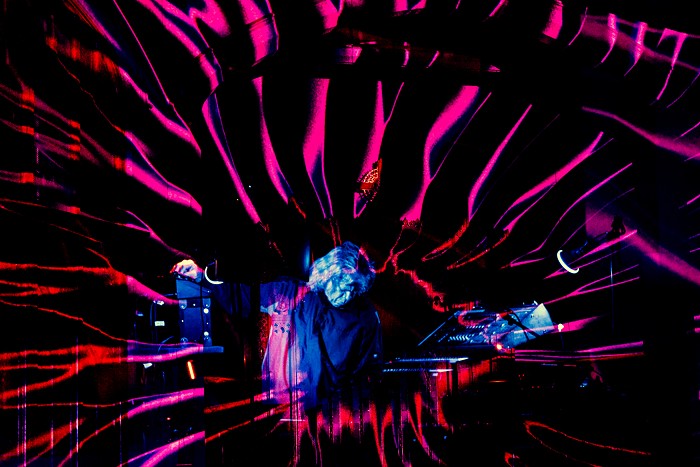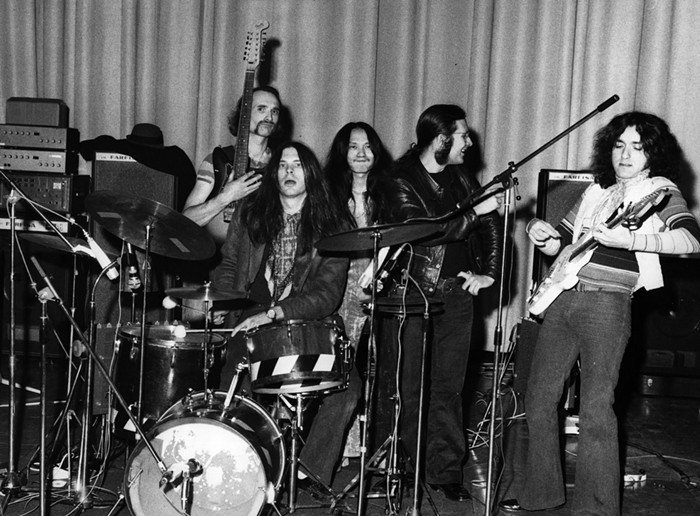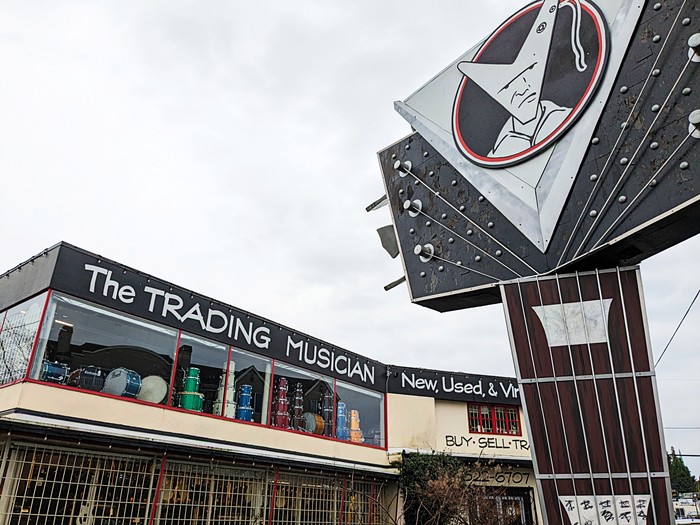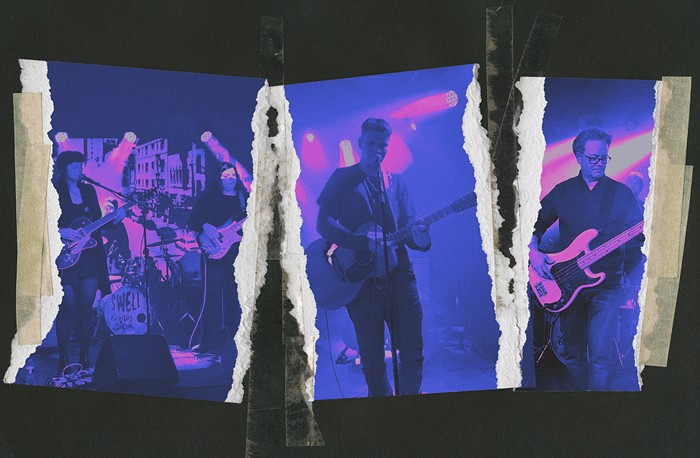Bob Moog did not invent the synthesizer—various inventors had been building them since the early 1900s–nor did he conceive the idea of generating electronic sounds to use in music. Moog's contribution was to design and mass-manufacture electronic musical instruments that musicians of all stripes, from geeky composers in academia to funksters needing a boost in the bass line, loved to play. He died on Sunday, August 21, at the age of 71 after suffering for months from an inoperable brain tumor.
Moog (rhymes with "vogue") started in the 1950s by building and selling theremins as a hobby. In the mid 1960s, Moog and Don Buchla, working independently, began building voltage-controlled synthesizers: big, modular boxes that required the user to connect cables and twist dials to generate any sound. Buchla shunned standard interfaces like a keyboard and opted for more flexible touch-plates. Moog stuck with the traditional keyboard and found mainstream success.
In 1970, emboldened by the demand for his modular synths unleashed by the 1968 hit LP Switched on Bach, Moog introduced a portable synthesizer, the Minimoog. The success of the Minimoog and its nasal-sounding rival, the ARP 2600, inaugurated an unabated flood of portable electronic musical instruments, including synthesizers, drum machines, sequencers, groove boxes, and Moog's own recently introduced "Moogerfooger" stomp box, the MuRF MF-105.
Two lesser-known, but nonetheless important, musicians also passed away recently: Koji Tano, who performed under the moniker MSBR, and Luc Ferrari. One of the three Ms of Japanese Noise (along with Merzbow and Masonna), MSBR put on a stunning show in Seattle at the Last Supper Club in 1999. Tano smacked a colorful array of interconnected guitar pedals that spewed waves of caterwauling noise. Ferrari, initially a maker of visceral musique concrète in the late 1950s and 1960s, presaged lowercase sound and pioneered the use of field recordings in music with his radical 1970 work, Presque Rien ("almost nothing").


















